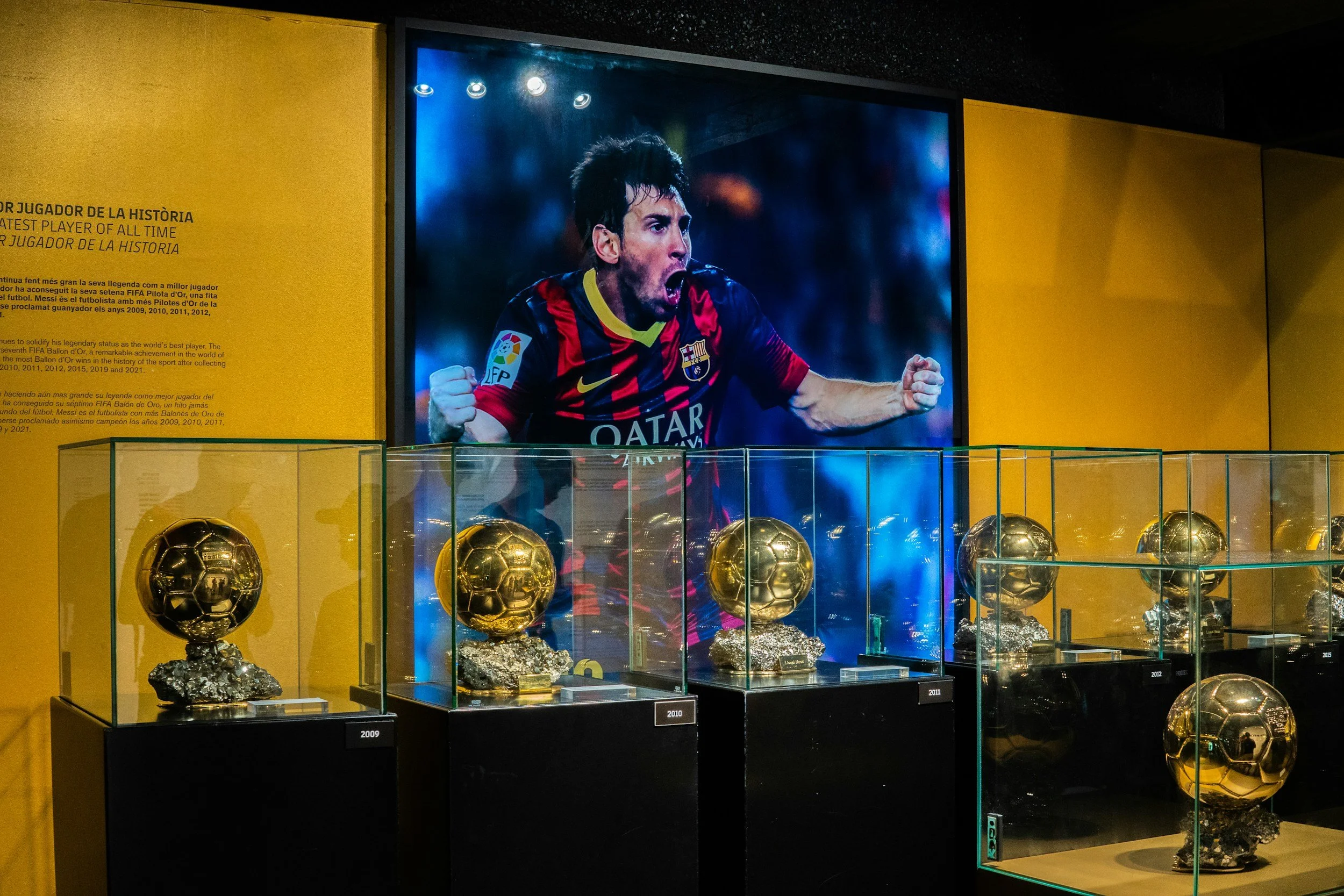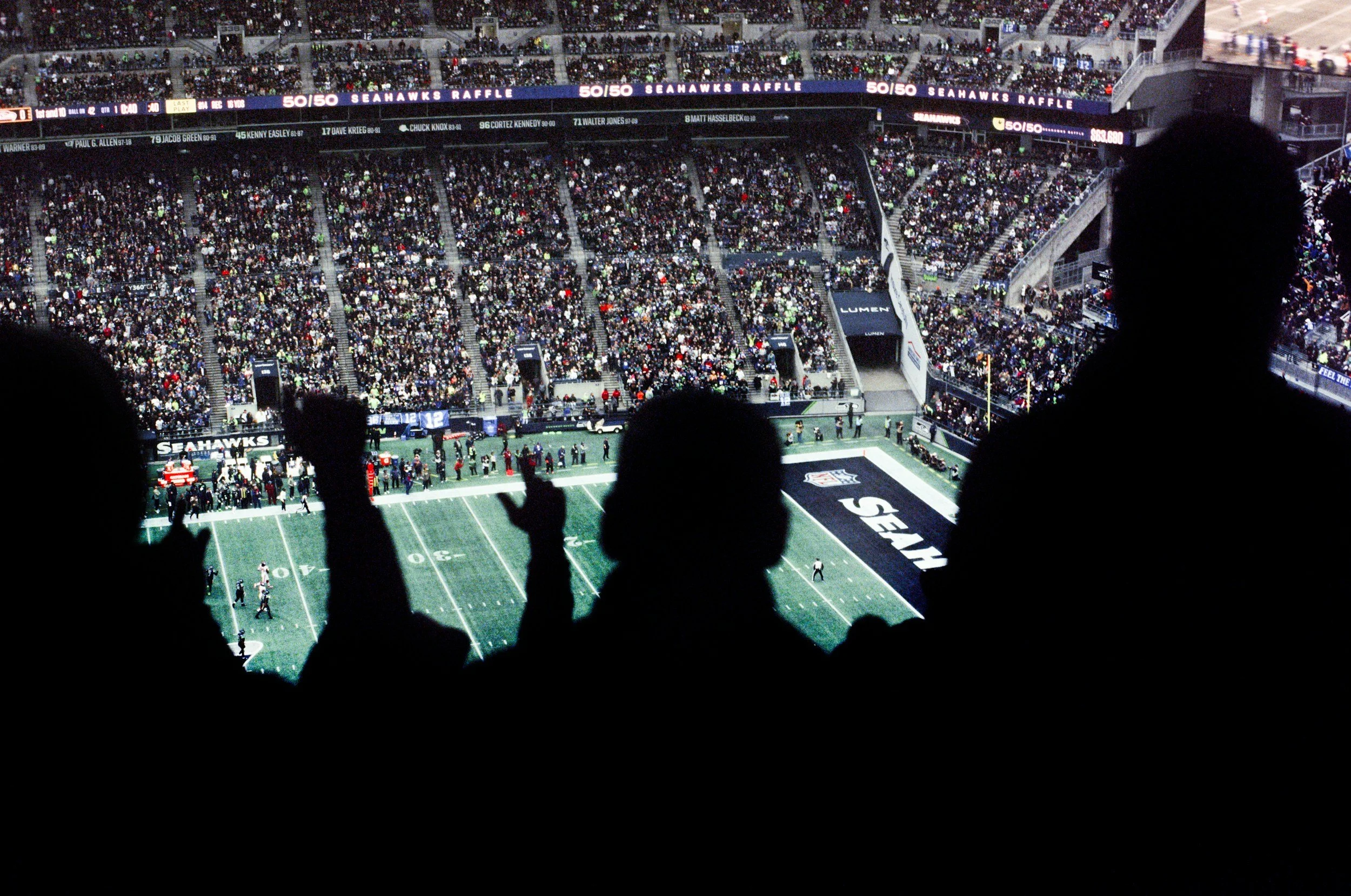Beyond the Game: How Legacy Sports Tourism Is Scoring Big for Communities
Have you ever thought about how much sports shape our travel plans? It's more than just catching a game on TV; it's about being there, soaking in the atmosphere, and connecting with history. This is the so-called legacy sports tourism. It focuses on those amazing sports parks, iconic venues, and fascinating museums that stick around long after the final whistle. They are not simply buildings but, as part of a larger sports tourism sector, also serve as true powerhouses for local economies, community spirit, and cultural pride.
From ancient arenas to modern marvels
One of the most recognizable forms of legacy sports tourism is sports venue tours. Our love for travelling to witness athletic feats goes way back to the ancient Olympic Games in 776 BCE. The vast scale of this is simply astounding, especially when you expect tens of thousands of spectators trekking to Olympia, not just for the competition, but for the whole experience. To support this, the Romans went on to build huge venues like the Circus Maximus (for horse-racing) or the Colosseum (for gladiatorial events and so on), which could hold up to dozens of thousands of fans! Today, the Colosseum attracts over 7 million visitors annually. That breaks down to about 20,000 visitors per day. Talk about a crowd!
Barcelona’s Camp Nou has a museum that welcomes both fans and non-fans alike.
Fast-forward to today, and stadiums have transformed from basic structures into mind-blowing, tech-filled entertainment hubs. Think giant HD screens, immersive sound, and even augmented reality (AR) apps that let you see player stats live on your phone! Many iconic venues, like Barcelona's Camp Nou or New York's Madison Square Garden, now offer tours and even house museums, turning them into year-round attractions.
Talking about museums, they are an integral part of legacy sports tourism. Places like the UK's Sports Heritage Network are working hard to preserve incredible sporting history, inspiring new generations and boosting local economies by drawing in curious visitors. However, combining museums and sports is not always an easy task. The Sports Museum of America (SmA), which opened in May 2008 as the first sports museum in the country, closed just nine months later due to low attendance, the 2008 economic crisis, and an unsuitable location. That said, the role of museums in preserving and showcasing sports history is incredibly important, and one must be careful and strategic when launching one.
The big score
The real impact of legacy sports tourism remains strong today. It is a rapidly growing slice of the global travel pie, making up about 10% of all tourism spending. In the U.S. alone, spectator sports tourism generated a massive $47.1 billion in direct spending in 2024, creating a total economic impact of $114.4 billion and supporting over 664,000 jobs.
In the U.S. alone, spectator sports tourism generated a massive $47.1 billion in direct spending in 2024
Notably, the benefits go beyond economic muscles. These sports hubs are significant for communities. They bring people together, spark local pride, and even offer amazing opportunities for young athletes to train and compete. Think about places like Olympia, Greece, or the sites of the Paris 2024 Olympics. They become part of a destination's identity, drawing visitors who want to experience that unique blend of sport and culture.
However, just like the SmA mentioned above, it is not all smooth sailing. Sometimes, big events can bring crowds and congestion that locals aren't thrilled about. Realistically speaking, public money spent on stadiums does not always deliver the promised economic returns for communities. This means we need to be smart about how we plan and fund these projects, making sure everyone benefits.
The future of play
The future of legacy sports tourism looks promising, with the global market expected to hit $2.8 trillion by 2033. This surge is fueled by growing interest in fitness, major upcoming events like the 2026 FIFA World Cup and 2028 Olympics in the U.S., and a demand for immersive, experience-driven travel.
VR, AR, and AI personalizing trips are making virtual tours feel real.
To ensure legacy sports tourism thrives and benefits everyone, smart, long-term planning is key, with venues designed for flexibility and community use beyond major events. Technology like VR, AR, and AI may help enhance in-person experiences. For example, AR overlays and dedicated apps that offer live replays, player stats, multiple viewing angles and player POVs. Community involvement is essential from the start, with venues remaining accessible and inclusive. Creative funding models and transparent governance build trust and sustainability. Finally, destinations should tell their unique sports stories, blending culture and digital marketing to attract global attention and create a lasting impact.
Humans have always loved travelling for sports. It's a deep-seated passion that drives people to connect with the game, its history, and each other. By playing these cards right, we can ensure sports parks, venues, and museums are not just fleeting moments of glory but truly enduring assets that deliver economic, social, and cultural benefits for generations to come.
About the Author
Bert Nguyen is a Copywriter with Flynde, a global company specializing in translation solutions for businesses of all sizes.
Discover the best-in-class translation solutions for your business. Trusted & certified for all languages with locations in Australia, Singapore, Switzerland & the USA. Flynde takes human translation strategies and uses advanced technologies to deliver them to our customers across our three business lines: Flynde for startups, Flynde for small businesses, and Flynde for corporations.
For more information, contact us at hello@flynde.com




